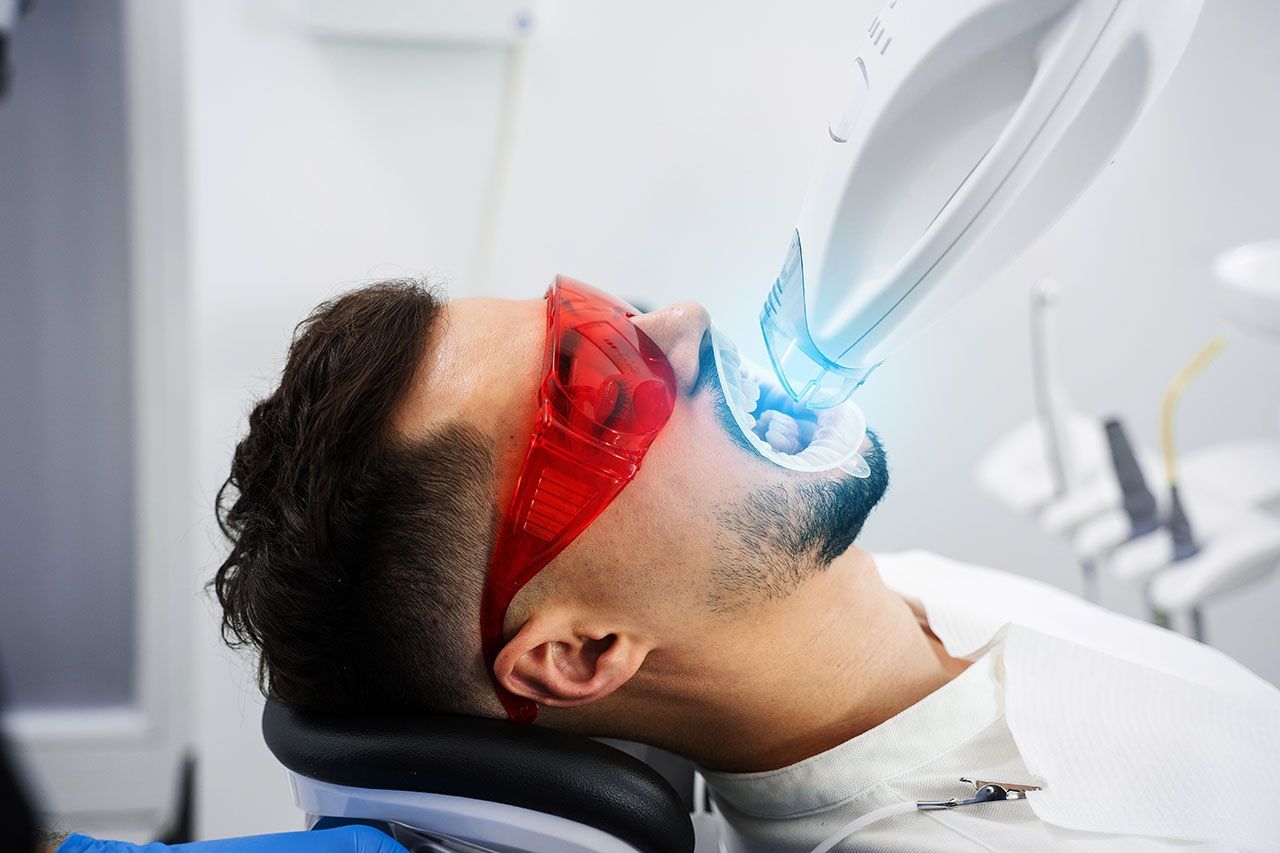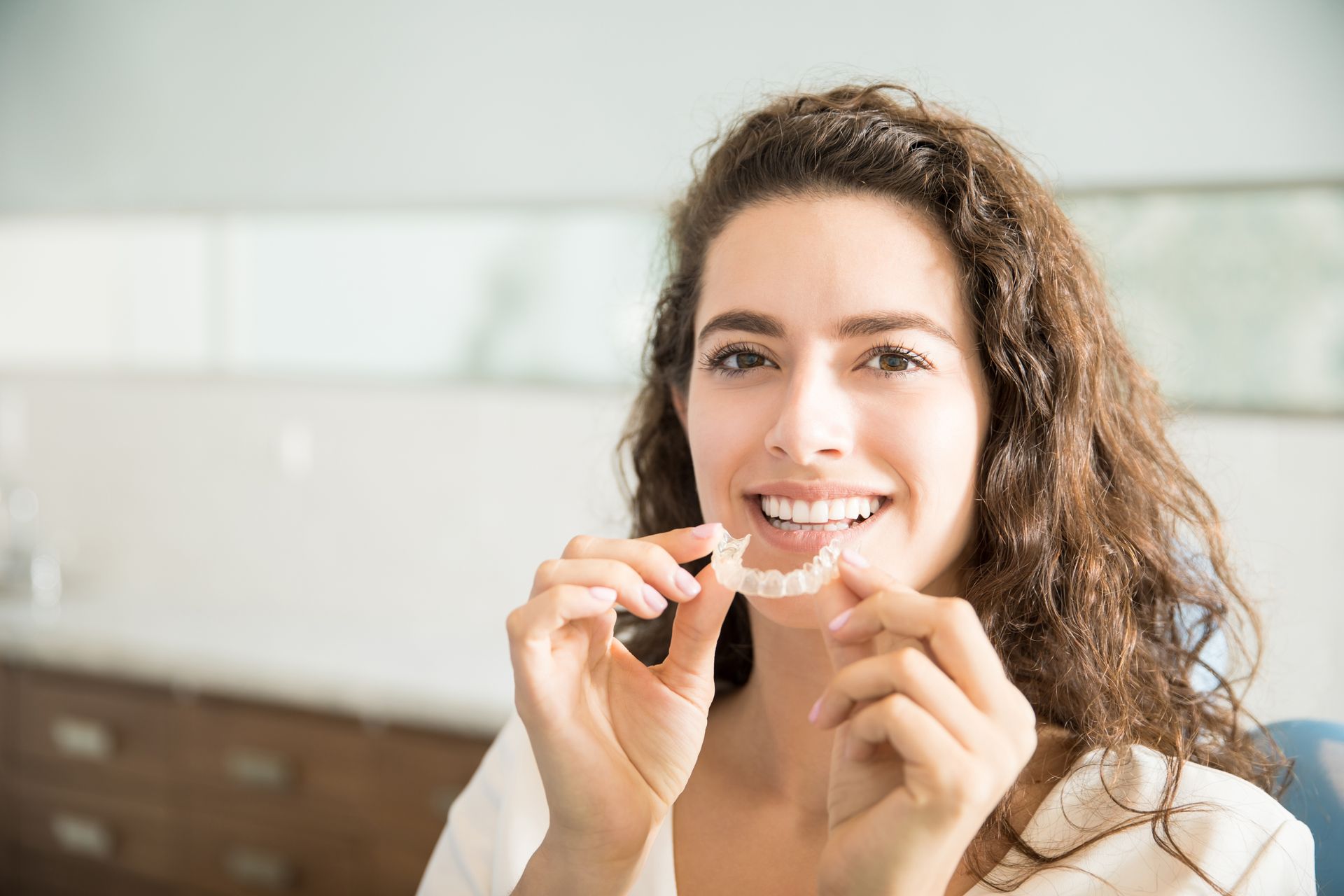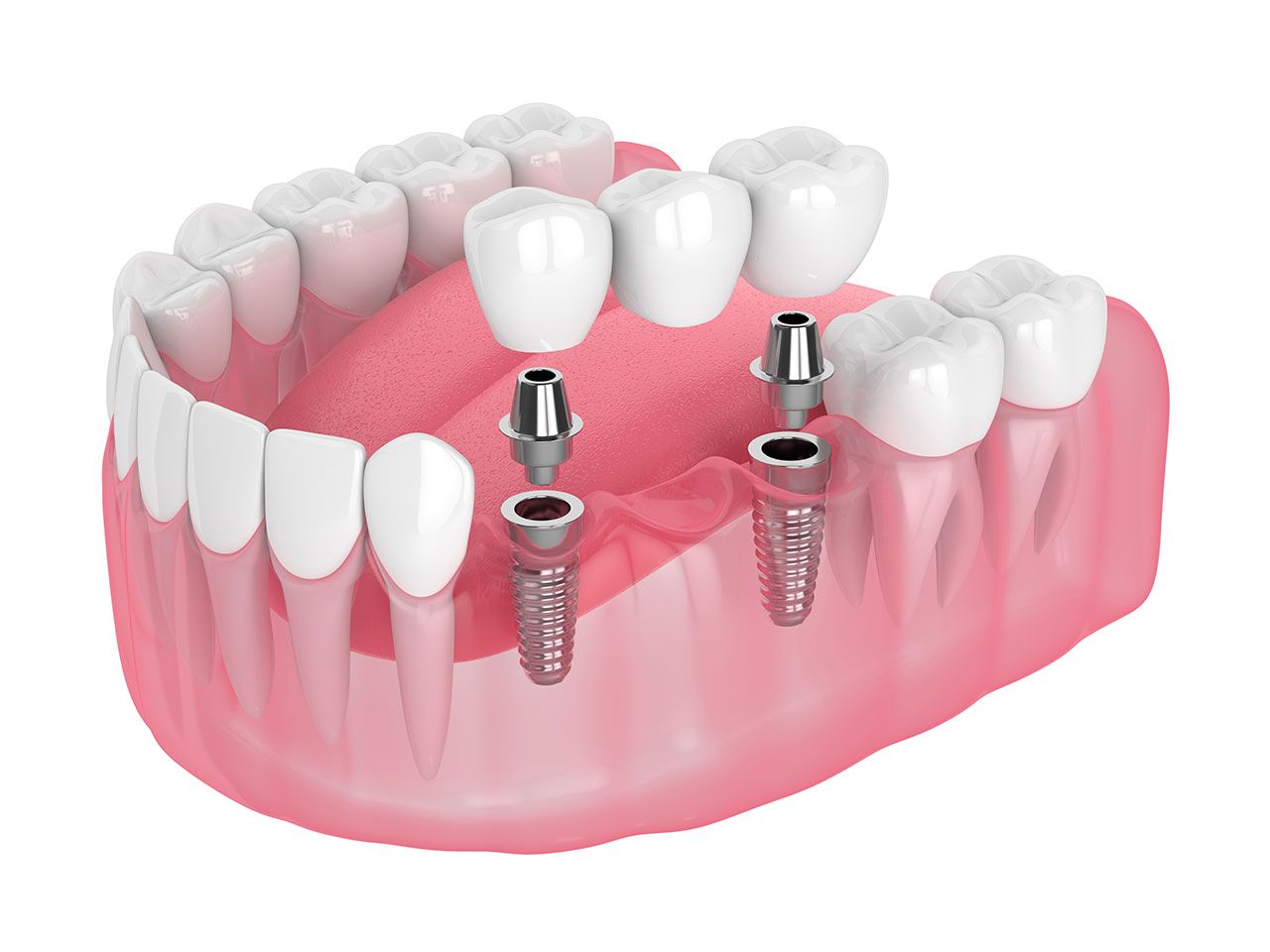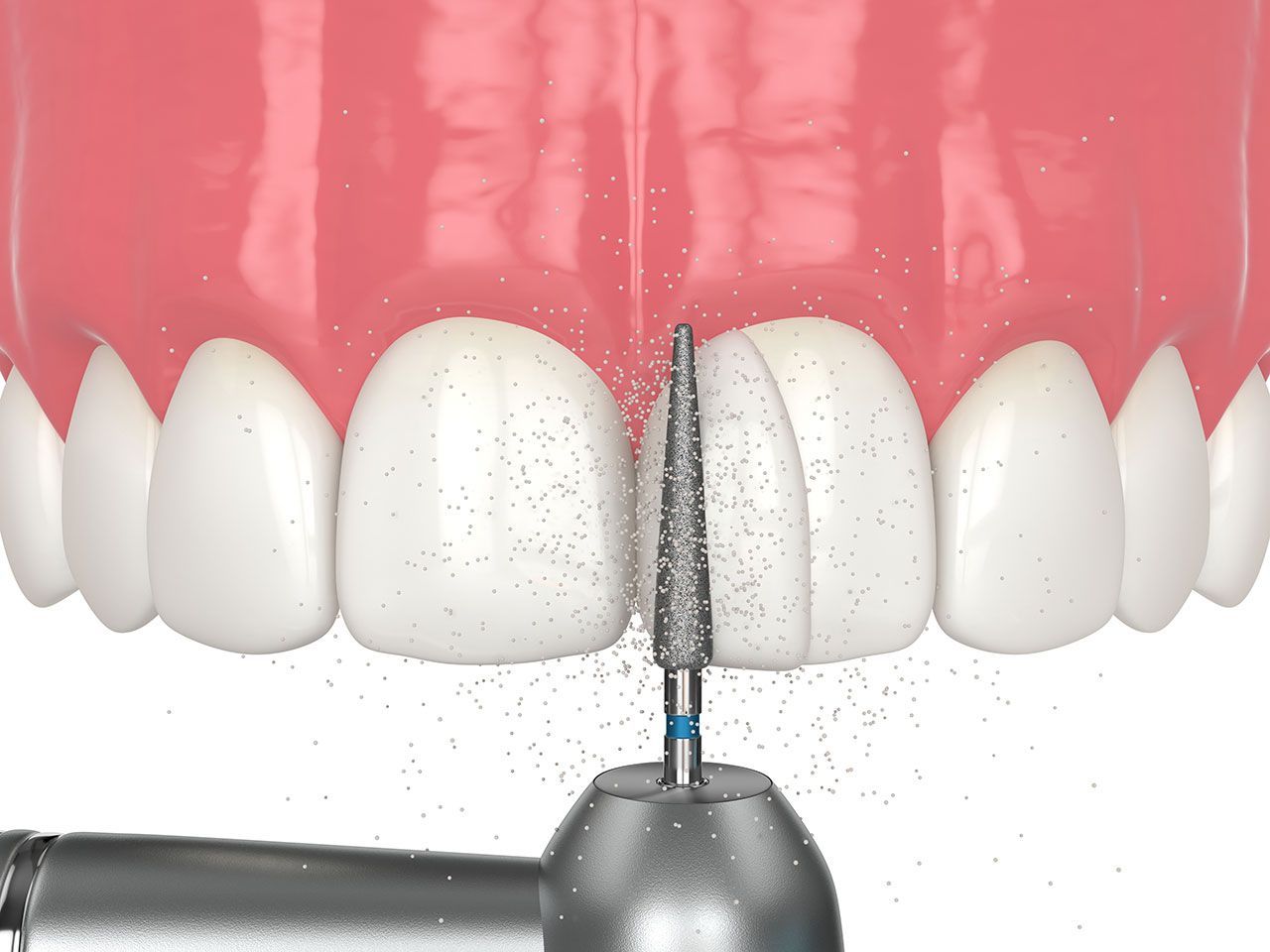Are All-on-4 Implants Right for Me? What You Need to Know Before Saying Yes to a Brand-New Smile
Have you ever wished there was a faster, more reliable way to replace a full set of missing teeth—without the hassle of removable dentures or multiple implants? You’re not alone. Many patients walk into dental offices every year hoping for a solution that’s secure, long-lasting, and feels more like their natural smile. That’s where All-on-4 implants come in—a treatment that’s been turning heads (and restoring confidence) across the world of dentistry.
But what exactly are All-on-4 implants, and more importantly, are they the right fit for you?
Understanding All-on-4 Dental Implants (Without the Jargon)
Let’s break this down in plain English. All-on-4 implants are a full-mouth tooth replacement solution where a complete set of prosthetic teeth is secured using just four strategically placed dental implants. These titanium implants act like artificial tooth roots, anchoring the entire bridge in place—typically on the same day as the surgery.
Here’s the magic of it: even if you’ve experienced bone loss, the angle and placement of these implants often make additional bone grafting unnecessary. That means less healing time, fewer procedures, and a quicker return to eating, speaking, and smiling comfortably.
What Makes All-on-4 Different?
Now, you might be wondering—how is this different from traditional implants or dentures? Great question.
Traditional full-mouth implants usually require 6 to 8 implants per arch (upper or lower), with multiple surgeries and months of healing between steps. Dentures, while more affordable up front, can slip, click, or cause irritation—especially over time as bone loss progresses.
With All-on-4 implants:
- You get stability—they’re anchored to your jawbone, so no movement when you chew or speak.
- You save time—most patients walk out with temporary teeth the same day as surgery.
- You enjoy confidence—they look natural, feel secure, and don’t come out at night.
It’s essentially a hybrid between the best of both worlds: the permanence of implants with the full-arch coverage of dentures—without the downsides of either.
Am I a Candidate for All-on-4?
This is where the rubber meets the road. Not everyone will be a good candidate for All-on-4 implants, but many people are surprised to find out they qualify—even if they’ve been told they’re not a candidate for traditional implants due to bone loss.
You may be a good fit if:
- You’re missing most or all of your teeth on your upper or lower arch
- You’re currently wearing dentures and want a more secure option
- You have good overall health and no uncontrolled chronic conditions
- You don’t want to go through multiple implant surgeries
- You want a long-term solution that doesn’t involve adhesives or removables
What about smokers? Diabetes? Past bone loss? These factors matter, but they don’t always rule you out. That’s why a professional dental consultation with a team like Wow Dental is essential to evaluate your health history, imaging results, and goals.
Benefits Backed by Science
Let’s talk results. Studies have shown that All-on-4 implants have success rates as high as 98% after 10 years of wear. According to research published in the Journal of Clinical and Experimental Dentistry, patients report high satisfaction, improved function, and quality of life after receiving this treatment.
Benefits include:
- Immediate function – chew soft foods the same day in many cases
- Bone preservation – implants stimulate the jawbone, helping prevent future bone loss
- Improved speech – no slurring or lisps caused by loose dentures
- Durability – with proper care, they can last 15–20 years or more
- Aesthetic appeal – designed to match your facial shape, gum line, and desired tooth shade
This isn’t just about teeth—it’s about restoring your sense of normal.
What to Expect: From Consultation to New Smile
Here’s a general outline of what the All-on-4 journey might look like at Wow Dental:
- Consultation & Imaging – A thorough exam, digital scans, and health review
- Treatment Planning – Customized plan based on your anatomy and goals
- Surgery Day – Implants are placed, and a temporary full arch is attached
- Healing Phase – 3–6 months of osseointegration (implant bonding with bone)
- Final Prosthetic – Once healed, your permanent set is placed for a final fit
You’ll be coached every step of the way by an expert team who’s done this before and knows how to keep you comfortable and informed.
Things to Keep in Mind
While All-on-4 is a fantastic option for many, it’s not a one-size-fits-all fix. You’ll need to commit to:
- Regular dental checkups
- Excellent oral hygiene
- Possibly giving up tobacco use
- Being patient during healing
Also, while the cost can be higher than traditional dentures, many patients see the value when they compare it to the ongoing costs of adhesives, replacements, or discomfort that comes with removable options.
Financing options and payment plans may be available, so don’t let budget worries stop you from asking questions.
Final Thoughts
All-on-4 implants are changing the game for people who’ve struggled with missing teeth, denture fatigue, or a lack of confidence in their smile. But the first step isn’t saying “yes”—it’s getting the facts and guidance you need to make an informed decision.
Ready to find out if All-on-4 implants are the solution you’ve been looking for? Contact Wow Dental at 313-371-9880 or visit us at 18525 Moross Rd, Detroit, MI 48224 to schedule your consultation today.
Share This Article










